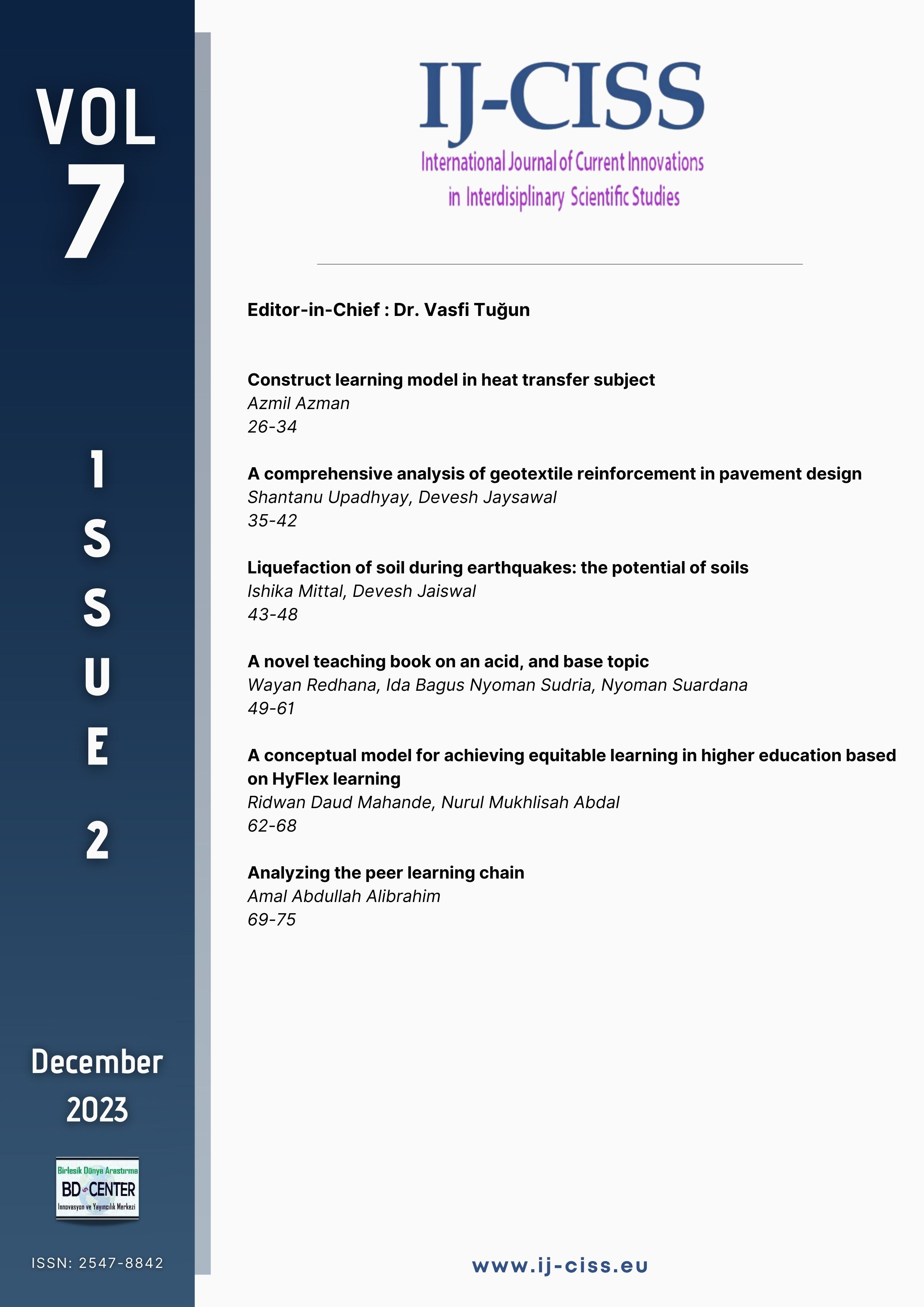Liquefaction of soil during earthquakes: the potential of soils
Main Article Content
Abstract
During earthquakes, the ground Shaking may cause a loss of strength that results in the settlement of buildings, landslides, the failure of earth dams, and many other hazards. This process of Losing strength is called soil liquefaction. This phenomenon is associated primarily, with saturated cohesionless soils. In all Large Earthquakes, Soil Liquefaction is observed and, in some cases, it has caused much damage. The destructive effects of soil liquefaction were brought to the attention of engineers by the disastrous 1964 earthquake in Niigata, Japan. This earthquake caused more than $1 billion in damages, due mostly to widespread soil liquefaction. For critical structures, such as nuclear power plants and large earth dams, the possibility of liquefaction presents serious engineering problems. This study aims to present methods for understanding the liquefaction problem and providing a framework for evaluating the safety of sites and structures against liquefaction-related failures. The study discusses some liquefaction problems and makes references to existing literature. This study provides useful information to geographers.
Keywords: Earthquakes; liquefaction; soil; structure.
Downloads
Article Details

This work is licensed under a Creative Commons Attribution-NonCommercial-ShareAlike 4.0 International License.

